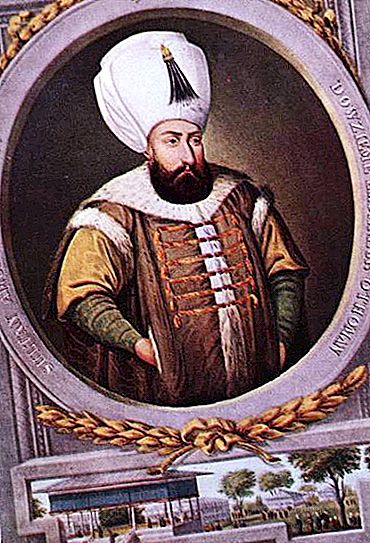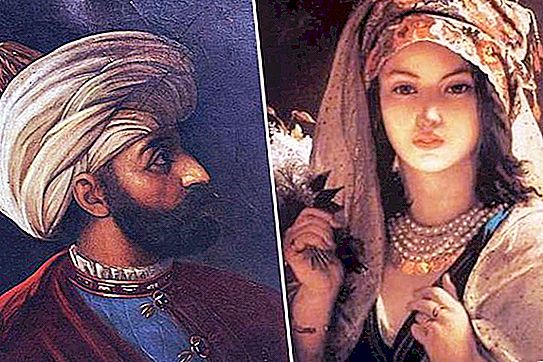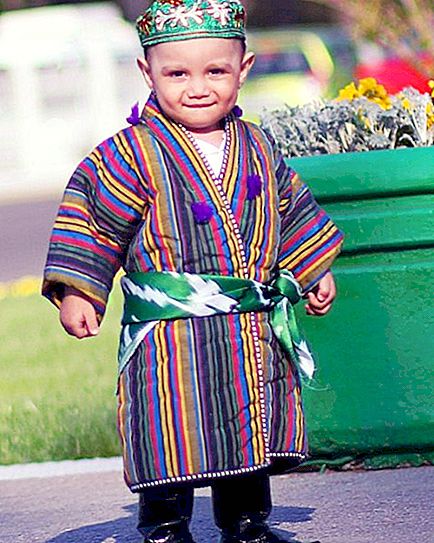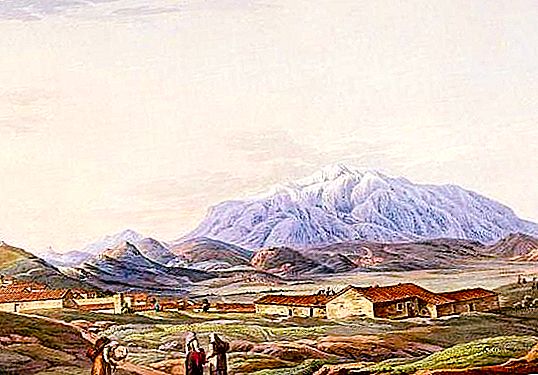The Ottoman Empire fell into decay even under the great Sultan Suleiman I, whose reign fell on 1520-1566. However, the crisis became most noticeable when the reins of government passed into the hands of his grandson Murad III.

Biography of the Ottoman ruler
The son of Suleiman I, Shahzadeh Selim, was appointed Sanjak-Bey of Manisa. It was in this city on 07/04/1546 that the future Sultan Murad III was born. His mother was the concubine of the harem Afife Nurbanu, who later became the wife of Selim II.
Murad received his first managerial experience at the age of 12. He was appointed by Suleiman I to the post of Sanjak Bey Akshehir and stayed in this post from 1558 to 1566. During the reign of Selim II, he moved to Manisa, where he also held the position of Sanjak Bay from 1566 to 1574.
After the death of his father, being the oldest heir, he becomes the Sultan of the Ottoman Empire Murad III. He sat on the throne at the age of 28. To get rid of competitors to the throne, the Sultan issues an order to execute his five brothers.
Murad III died on 01/15/1595, at the age of 48. After him, his eldest son, Mehmed III, ascended the throne, who, according to the tradition of Turkish rulers, eliminated potential candidates for the throne, having executed 19 of his brothers on 28.01.1595.
Sultan's conquests
The year 1578 marked the beginning of a new war with the neighboring state of Iran. According to legend, Murad III learned from his charges that the most difficult confrontation during the reign of Suleiman I was with this neighboring state. Having decided to surpass the glory of Suleiman I, he gathers an army on a campaign. Murad III really showed his leadership skills, and since his army had both technical and numerical superiority, it was not difficult for him to capture vast territories:
- 1579 was marked by the occupation of part of the territory that now belongs to Azerbaijan and Georgia;
- in 1580, the Ottoman army captured the coastal zone of the Caspian Sea from the south and west;
- in 1585, the troops of Murad III defeated the main forces of the Iranian army and occupied the lands now belonging to Azerbaijan.

In 1590, a peace treaty was concluded between the Ottoman Empire and Iran. According to him, the rights over a large part of the occupied lands passed to the winner. Thus, Kurdistan, a significant part of Azerbaijan (including Tabriz), Khuzestan, Transcaucasia and Luristan joined the territory of the Ottoman Empire.
Despite the great gains, this company was a failure for the state. It led to significant economic losses, and the number of dead soldiers was so great that the army of the Sultan was greatly weakened.
Family bonds
Murad III was a great lover of women, so he preferred more time to enjoy the pleasures of the harem than to deal with the affairs of the empire. It was with this sultan that women began to play an important role in the conduct of politics. There was such a thing as a "female sultanate."
The concubine Safie got into the harem in the 60s of the 16th century. For a long time, she remained the only woman of Murad. This continued even until shehzade ascended the throne. Take in the harem of other concubines insisted the mother of the Sultan Nurbanu-Sultan. She motivated this by the fact that Murad needed heirs, and of all the sons born to Safiye, by 1581 the only shahzade remained - Mehmed.

The women of the harem skillfully wove intrigues and in 1583 serious accusations followed from the mother of the Sultan towards Safie. Nurbanu stated that Murad III became impotent and could not sleep with concubines because of his wife's witchcraft charms. Some of Safie’s servants were arrested and tortured.
The sister of the Sultan, Esmehan, decided to present her brother with a gift in the form of two beautiful slave girls, who later became concubines. For several years, Murad had several dozen children. It’s quite difficult to say exactly how many heirs there were.
Children of the Ottoman Sultan Murad III are still a mystery to modern historians. It is reliably known about 23 shekhzad and 32 daughters. Three boys died in infancy a natural death, but the fate of 19 sons was unenviable, as they were strangled immediately after ascending the throne of Mehmed III. About daughters it is known that 17 of them died due to the plague epidemic.
In different sources there are completely contradictory data on the number of children in the loving sultan. A figure from 48 to 130 heirs and heirs is noted.






